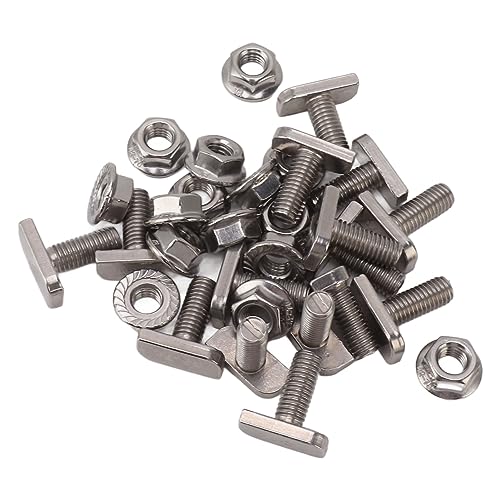- Joined
- Apr 11, 2022
- Messages
- 36
- Reaction score
- 12
Fully agree with Binky and John. We bought one a few years ago and wouldn’t go back. Running costs are very low in comparison to the old type.Bought one of those last year after the previous drier died. They are a little bit expensive, but I calculated it would pay for itself in 2 years in energy savings, and that was before the energy price hikes. Only thing I don't like is it tends to leave the washing ever so slightly damp sometimes, but leave the washing to air for a few hours somewhere warm, and that's sorted easily. It would probably help if I read the manual properly, there is a knack to these driers
































































